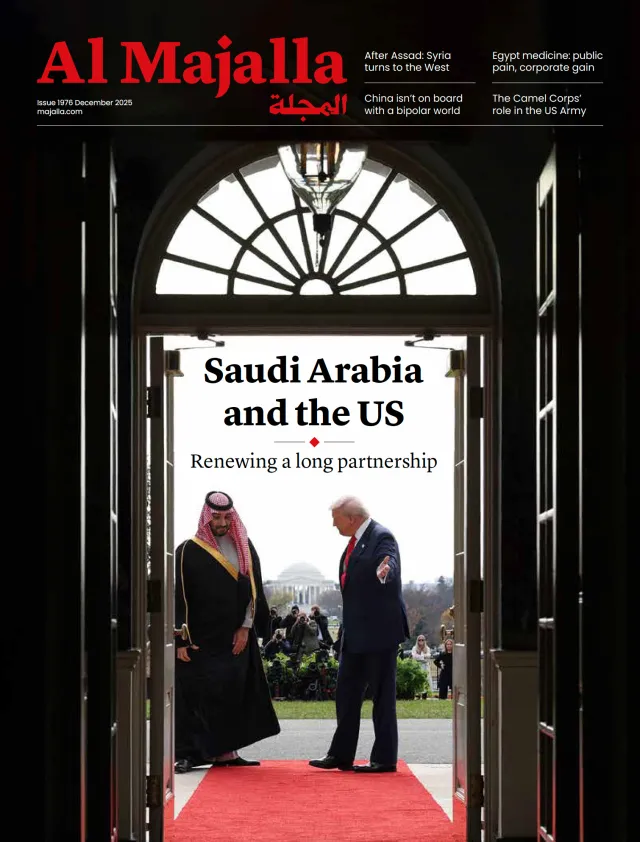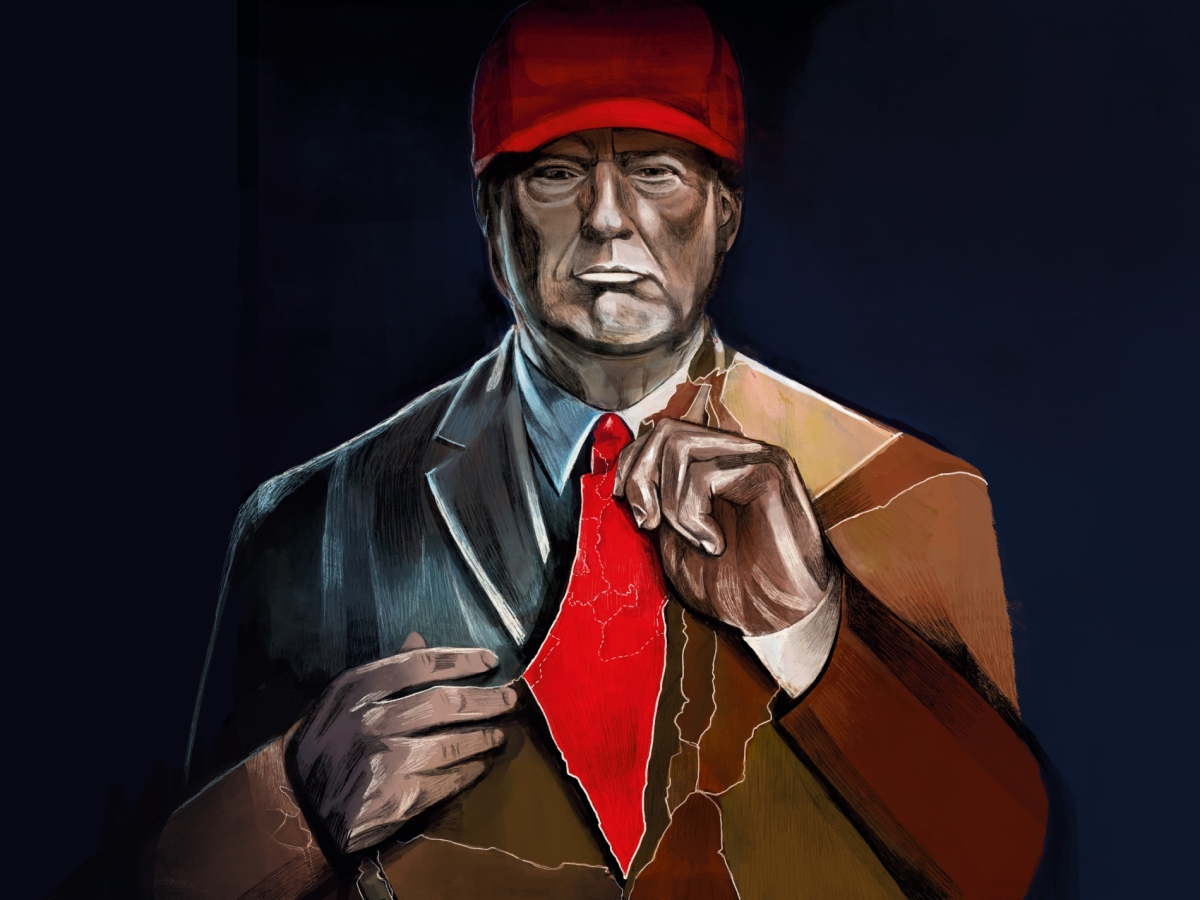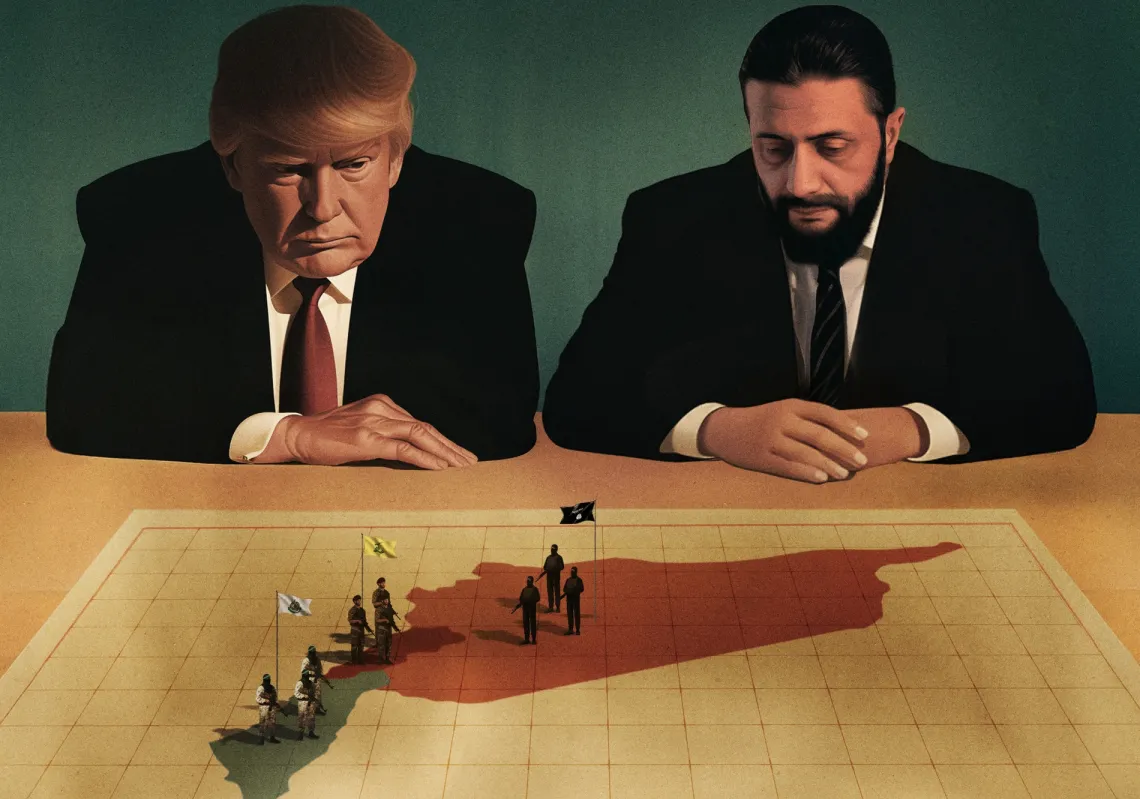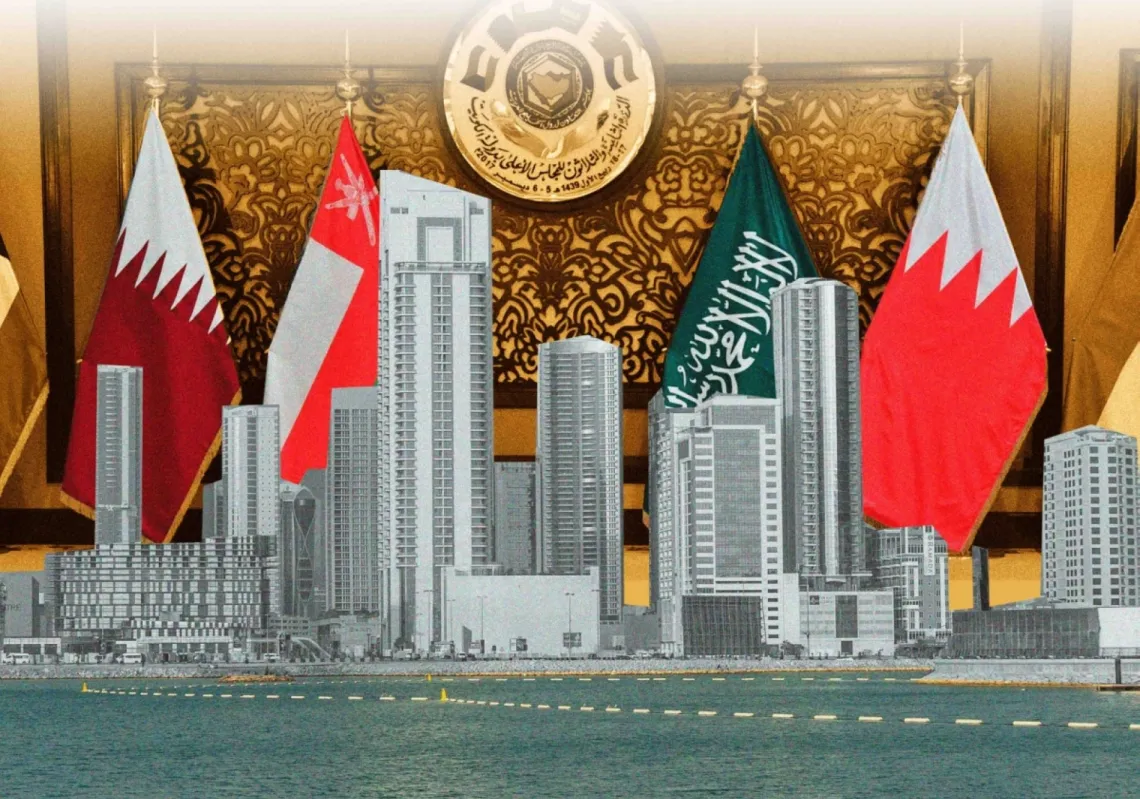The punishing Israeli response to the Hamas and Hezbollah attacks of October 7 and 8 has devastated Gaza and Lebanon, decimated Hamas and Hezbollah, contributed to the collapse of the Assad regime in Syria, and dealt the most serious blow to Iran’s axis of influence in many decades.
The election of Donald Trump to the presidency in the United States is already reshaping geopolitics in the Americas, Europe, and Asia, and it is having a significant and unpredictable effect on the Middle East as well. These two dynamics often overlap in their interests and actions; but in some cases, they also diverge.
On the Israeli-Palestinian issue, Israel’s right-wing government feels that things are going its way. Gaza has been largely destroyed, Hamas significantly weakened, and Trump has said he favours the displacement of Palestinians out of Gaza—music to the ears of Israeli Prime Minister Benjamin Netanyahu’s base.
In the West Bank, Israel has scaled up its attacks on Palestinians. For its part, the Trump administration has neither condemned Israel's attacks nor made mention of the two-state solution. This gives the Israeli right hope that its dream of seizing all of what it calls Judea and Samaria is within reach.
On the other hand, Trump is hard to predict, which may be a cause for concern to Netanyahu. This could have been why he visited Washington in early February, where he was hoping not only to get his support for Israel’s actions in Gaza, but also to get support for Israeli strikes on Iran.
Trump turned him down, preferring talks over strikes—at least in the short term. Even worse, Netanyahu went to Washington with Gaza, but returned without it, after Trump announced that the US would own Gaza. In other words, Trump wants future negotiations over Gaza to go through Trump, not Netanyahu.
On the West Bank, Trump said he would “soon make an announcement.” Knowing that the US president is eyeing a normalisation deal between Saudi Arabia and Israel, Netanyahu should be worried things might not go exactly as he and his right wing allies wish.
Read more: Netanyahu favours Trump, but he could come to regret it

Reestablishing dominance
What is clear is that Trump is reestablishing dominance in the US-Israeli relationship. Netanyahu might already be missing the days when he had the upper hand with Biden and Harris, chiding them in their own Congress, and forcing the US to go along with whatever decisions he made. Today, he must stand alongside a forceful and unpredictable Trump and nervously nod his assent.
Indeed, it is very hard to predict where the Israeli-Palestinian issue will end up in the next year, but what is certain is that Trump will have the greater say in what happens.
One scenario is that Trump offers a deal on the West Bank, similar to the one he made in 2020—one that greatly favours Israel and allows it to annex its illegal settlements, but one that also allows a much-less-than-sovereign set of Palestinian Bantustans in the West Bank. In this scenario, he might include some Bantustan enclaves of Gaza, or they might be excluded entirely from his proposal.
Whether Saudi Arabia can agree to such a plan is doubtful. Another scenario is that Trump’s interest in the Israel-Palestine issue wanes, or he gets distracted or bogged down elsewhere, and Israel can regain the initiative. Here, Israel could restart major military operations in Gaza, but this time try harder to push its Palestinian population into Egypt, leaning on Trump’s ‘relocation’ idea.
Israel can then escalate in the West Bank as well, annexing as much of it as they wish, and ratcheting up pressure to push Palestinians there into Jordan. This would be a nightmare scenario, not only for Palestinians but also for Egypt and Jordan.
The other big piece on the Middle East chessboard is Iran. After the illusion of success in early October 2023, Tehran has been dealt several strategic blows—the two biggest being the decapitation of their strategic crown jewel Hezbollah; and the collapse of their long-allied Assad regime in Syria.
The fate of Hamas is a mixed bag: they have suffered significant losses, but they are still present and fighting 15 months later. The fact that tens of thousands of Palestinians, and thousands of Lebanese, have been killed; and millions of Palestinians and Lebanese displaced and ruined, does not appear to be a concern for the Iranians.

No change in vision
Despite these major setbacks, the Iranian strategic vision has not fundamentally changed. Its forward defence strategy appears to have failed, but keep in mind that its proxies have exacted a heavy strategic, political, human, and economic price on Israel—and the price is still being paid—while Iran has effectively only been lightly hit once.
So, the strategy hasn’t failed altogether. While Iran has decidedly lost Syria, it has not given up on coming back in some way. The transition in Syria is very fragile, and the risk of it falling apart is relatively high with the country potentially sinking back into different cantons and armed power centres as it was before Assad’s fall, or as Libya and Yemen developed after their initial peaceful transitions. In such a scenario, Iran could find several ways to re-project power into parts of Syria and regain access to Hezbollah.
In Lebanon, Iran continues to direct Hezbollah to clash with Israel, drag its feet on the ceasefire, refuse disarmament, and obstruct the transition to Lebanese state sovereignty. The latest fight is over Iran’s attempt to funnel cash to Hezbollah through Iranian airline flights to Beirut airport, after it has lost access to the Syrian-Lebanese border, and Lebanese ports. Meanwhile, its support to other allied militias in Iraq and Yemen continues unabated.
Diplomatically, Iran’s normalisation with its Arab Gulf neighbours has held and will likely continue to hold. Vis-a-vis the US, it has sent signals—although the supreme leader has recently walked them back—that they are willing to negotiate with the Trump administration. But the indication is that the talks would be limited to the nuclear issue and would be narrow in scope, whereas Trump would only be interested in some grand transformative bargain.
Iran shows no interest in that and likely views potential talks as a means to entangle Washington in drawn-out negotiations, reduce the potential for any major Israeli or US attack, and buy time until the double threat of Netanyahu and Trump eventually blows over.
On the Israeli and US side, their positions on Iran are not exactly the same. Netanyahu wants to attack now, and big, to take advantage of Tehran’s current vulnerability and to head off the possibility of it moving quickly toward building a nuclear weapon.













